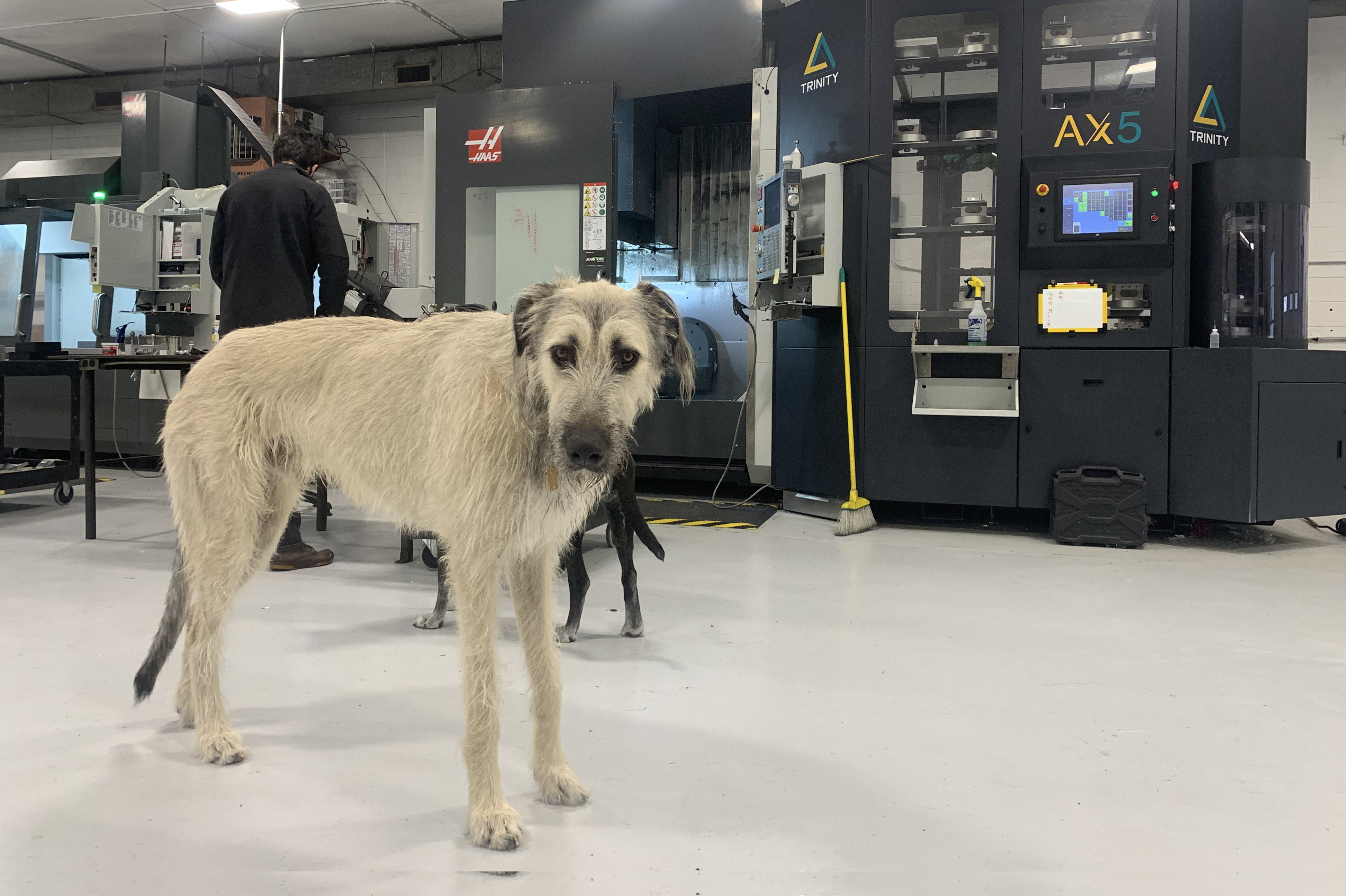Leveraging Automation for Short-Run Prototype Models
In manufacturing, there’s a common assumption that short-run prototypes are exorbitantly expensive because they require lengthy one-time setups. And while this assumption is certainly accurate for many machine shops, it’s simply not the case here at KAD.
We’re committed to expediting prototype and production manufacturing for our clients. For short-run prototype models in particular, we leverage automation to give our clients volume benefits on quantities as low as 5 units.
How KAD Automates Short-Run Prototype Models
At a standard machine shop, most machines can run unmanned for a single cycle after being loaded for the last time at the end of the day. Once that cycle is complete, projects go on hold until the next business day.
Automated machining, on the other hand, allows the machines in our shop to work overnight entirely unmanned. This concept is often referred to as “lights out machining.”
At KAD, we work during the day to prove out and fully inspect a single prototype model. Once we confirm that the initial prototype is perfect, we run the remaining units automatically using our Trinity AX5 robot coupled with our UMC-750SS 5-axis mill. The robot continues to automatically pull material when we’re not there—and can even consolidate orders with similar materials.
The benefit? Turning out short-run parts in rapid succession with minimal human labor helps us improve cost and lead time for our clients.
Part Considerations for Automated Machining
We like to joke that automation is just as great for scrapping parts as it is for making them. Automation failures can be duplicated as quickly as successes, so it’s important to make sure your prototype model is the right candidate for lights out machining. Here are a few factors to consider:
- Part material. Softer materials like plastics and aluminum are easier to machine, meaning there’s a low chance of tool breakage or other problems occurring. We’re confident leaving these materials unsupervised on our equipment overnight. That said, we can also rough out more challenging materials with specialized tooling that we know will last to optimize efficiency.
- Higher quantities. Automating 1 part that has a 20 minute cycle time doesn’t provide much of an advantage; it’s easy enough to complete that part during normal business hours. But a group of 10 parts, each with a 20 minute cycle time, could certainly benefit from automation. We look at our shop schedule holistically to determine which orders are best for overnight production.
- Longer cycle time and greater complexity. We automate machining for complex parts with longer cycle times (i.e. 2-3 hours or more) for the greatest cost savings. That also allows us to free up our equipment during the day for testing and tweaking to make sure we get every job done right.
Think your short-run prototype models could benefit from automation? Contact KAD today to learn more!



